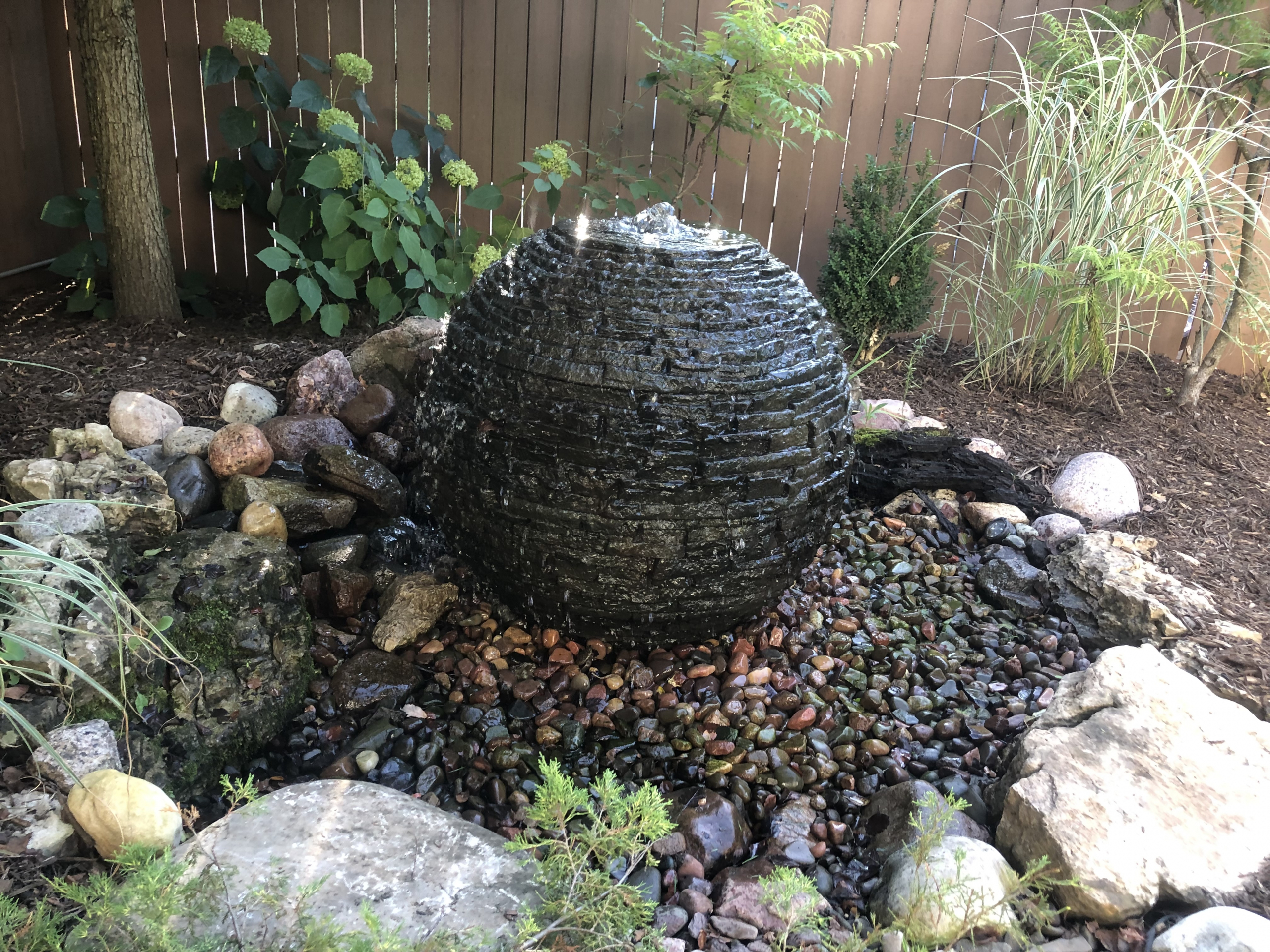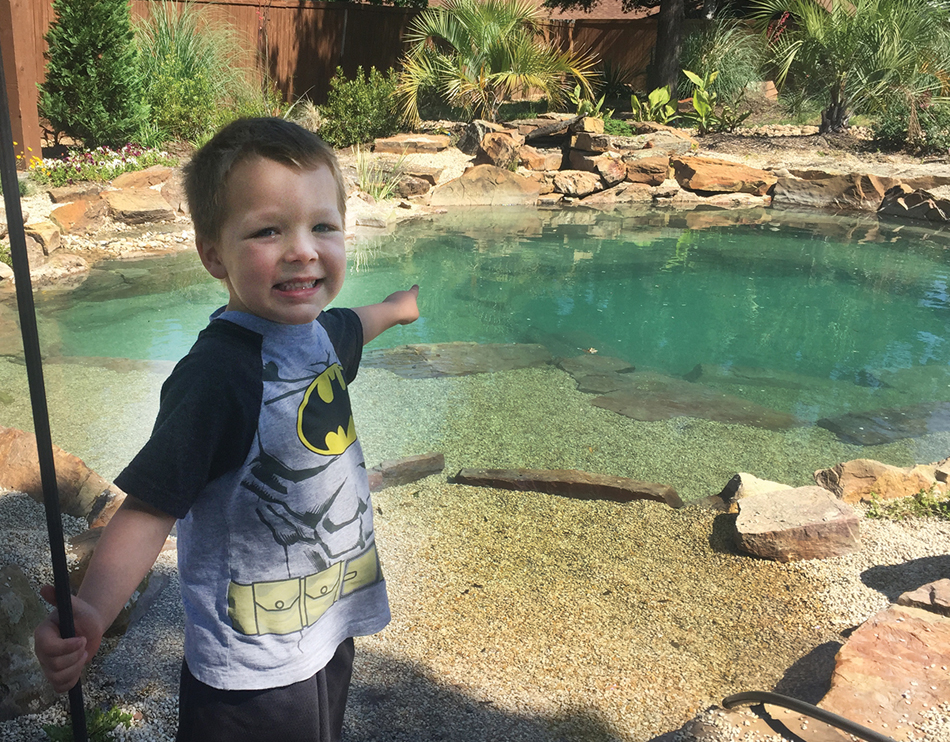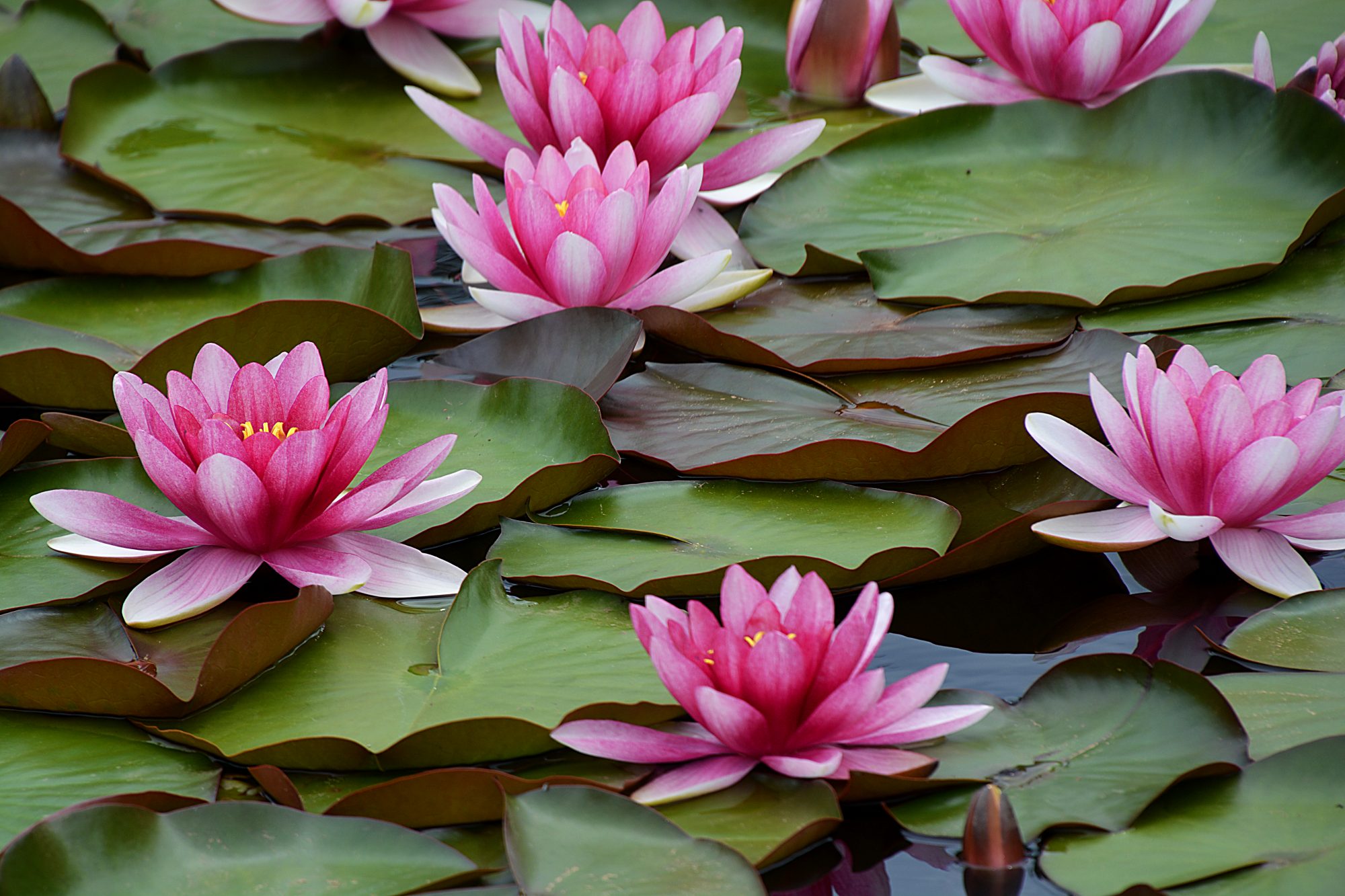Frozen Koi Pond and Caring for them in the Winter
Koi ponds, cherished for their serene beauty and vibrant fish, require special care during the winter months to ensure the health of both the koi and the Frozen Koi Pond ecosystem. As temperatures drop, the metabolism of koi slows down, and their environment undergoes significant changes. Here’s how to prepare and maintain your koi pond through winter.
Preparing Your Pond for Winter
- Clean the Pond Thoroughly
Before winter sets in, remove debris such as leaves, twigs, and uneaten food from the pond. Decomposing organic matter can produce harmful gases, potentially endangering the fish. - Check the Pond Equipment
Ensure the pump, filter, and aeration system are in good working order. In colder climates, switch to a low-flow pump or reposition it to avoid disturbing the pond’s warmer bottom layers. - Install a Pond Heater or Deicer
Prevent the surface of the pond from freezing entirely. A small opening in the ice allows for the exchange of gases, ensuring oxygen levels remain sufficient and harmful gases can escape.
Caring for Koi in Cold Weather
- Adjust Feeding Practices
As the water temperature drops below 50°F (10°C), koi’s metabolism slows, and they require less food. Gradually reduce feeding and switch to low-protein, wheat germ-based food before stopping altogether when the temperature falls below 40°F (4°C). - Monitor Water Quality
Test the water periodically to maintain optimal pH, ammonia, and nitrate levels. A balanced environment is crucial for the koi’s health during this period of dormancy. - Provide Shelter
If your pond is shallow, consider transferring koi to an indoor tank during harsh winters. For deeper ponds, use pond covers or floating insulation to maintain temperature stability.
Pond Maintenance During Winter
- Prevent Total Freezing
If you live in a region with prolonged freezing, keep a section of the pond ice-free using a pond deicer or aerator. Avoid breaking the ice manually, as the shockwaves can harm the koi. - Limit Disturbance
Refrain from stirring the water or cleaning the pond during winter. Koi fish are in a state of semi-hibernation and should not be disturbed unnecessarily. - Maintain Oxygen Levels
An air pump or vent hole helps ensure adequate oxygen for both the koi and beneficial bacteria in the pond.
Spring Recovery
As temperatures rise, gradually increase feeding and monitor the fish for any signs of stress or disease. Remove any leftover debris from the pond and restart the filtration system to restore the ecosystem to its full functionality.
With proper preparation and maintenance, koi ponds can weather winter conditions while keeping their aquatic inhabitants safe. A little attention to seasonal care goes a long way in ensuring the longevity and health of your koi and their peaceful habitat.
For professional koi pond maintenance, contact FNC Ponds.






